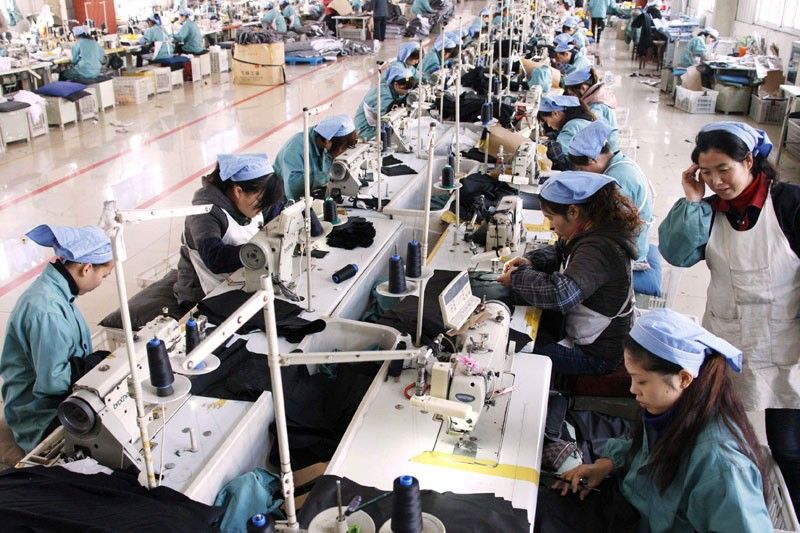Manufacturing extends recovery in April 2018

MANILA, Philippines — Local factories continued to churn out better performance in April, aided by faster increases in new orders, output and employment, a manufacturing survey showed.
Based on the latest results of the Nikkei Philippines Manufacturing Purchasing Managers’ index, the domestic manufacturing sector extended its recovery in April as the headline PMI rose to a year-high 52.7, from 51.5 in March and 50.8 in February.
The headline PMI is a composite index based on five key indicators: new orders, output, employment, suppliers’ delivery times and inventories of inputs. It is designed to provide a quick snapshot of the performance of the manufacturing sector each month.
The report said the recent upturn in domestic manufacturing was caused by strengthening demand at the start of the second quarter. Order booking accelerated to a four-month high and demand was met by faster expansion of output as goods producers hired more workers and purchased more inputs.
Inflationary pressures, however, remain a concern as “supply chains came under pressure,” said IHS Markit, the firm that collected data for the PMI.
Due to higher prices of fuel, industrial metal, sugar and paper, average cost burdens rose. This was aggravated by the weaker foreign exchange rate.
Firms thus implemented another round of price hikes to pass on the higher costs to customers.
“The pace of charge inflation was the second-fastest in the survey history,” said IHS Markit.
Purchasing managers surveyed, however, remain confident of output growth in the next 12 months on the back of the solid economic climate, new product designs and planned business expansions.
IHS Markit principal economist Bernard Aw said consumers seem to be adjusting to the initial impact of higher excise taxes because of the increase in demand. Firms, however, are pressed to protect their profit margins.
“The Philippine manufacturing sector started the second quarter on a robust note with growth in both output and new orders strengthening. First quarter manufacturing expansion was affected by the January rollout of the new excise taxes, but April data suggests that demand has since adjusted to these higher levies,” he said.
“However, higher excise taxes continued to be felt through the pricing mechanism. While easing from the survey-record rate in March, input cost inflation remained elevated, not least because of a weak exchange rate, supply shortages and suppliers’ price hikes. In most cases, firms were able to pass on some of the higher costs to their customers, but the pressure on profit margins remains marked,” he added.
- Latest
- Trending































